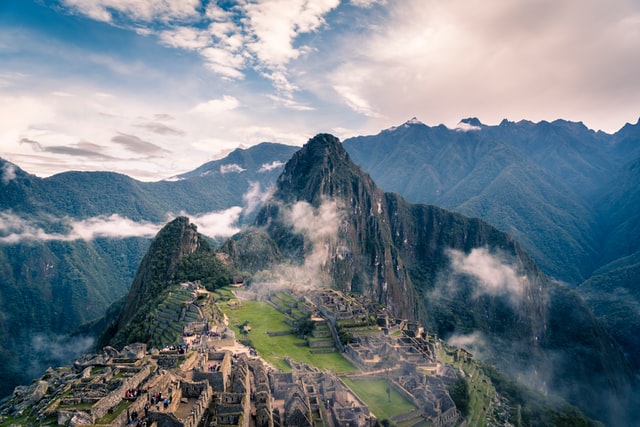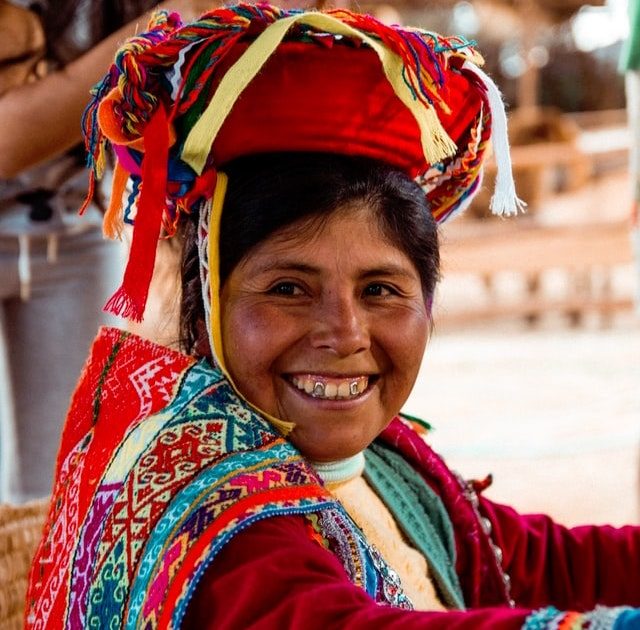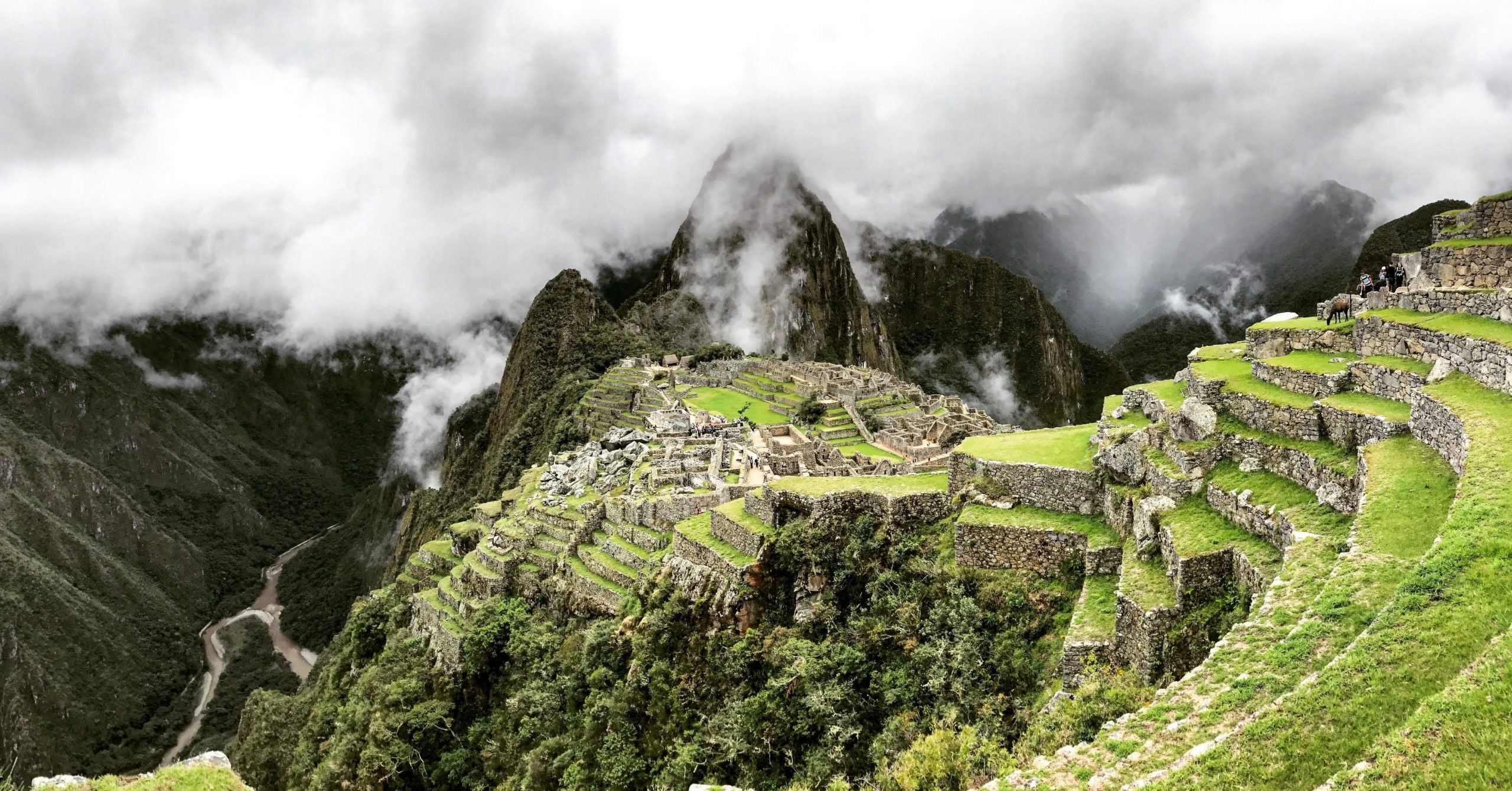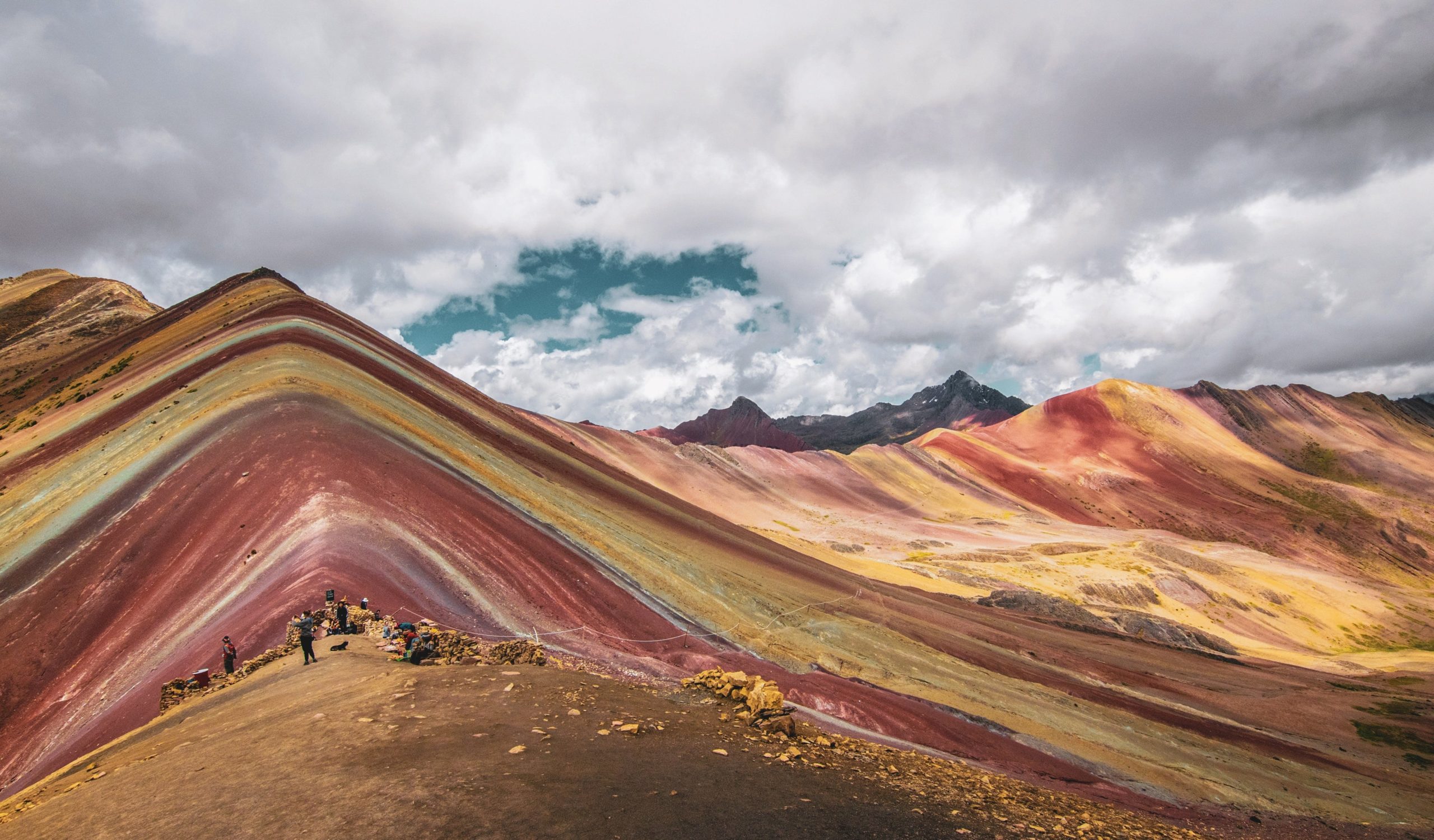From the bustling streets of Lima to the majestic Inca citadel of Machu Picchu, it is no wonder why Peru is one of South America’s most popular tourist destinations. If you’re planning your trip or semester abroad in Peru, you may be wondering ‘what should I take?’ or ‘where should I stay in Peru?’ Look no further, we’ve composed our guide to visiting Peru and experiencing Peruvian wine with all the practical information you’ll need to make the most of your trip.
Visiting Peru’s wine regions
Peru’s wine route isn’t particularly well organised. Your best option is to head to Ica and plan to visit a couple of the bigger or more tourist-friendly wineries. You should reserve a few days in advance, although most of the tourist-friendly wineries will happily accept walk-ins, especially in the busier tourism and festival seasons.
Driving in Ica is quite a hair-raising experience, so you might prefer to get a driver. Visiting wineries in the more southern regions is rather more relaxing, although wineries are much sparser. If you want a tour organised, Peruvian sommelier Pedro Cuenca Espinoza specialises in wine tours around Peru’s main wine regions ([email protected]).
Country Fact File Peru
Language
Spanish is the official language of Peru, and widely spoken, although there are over 50 native languages commonly spoken (Quechua being most common). English is spoken in major hotels and tourist destinations, but in the wine regions you’ll find it harder to get by without speaking some Spanish.
Money Talk & Tipping
The local currency is the Nuevo Sol (PEN), also known as the Peruvian Sol, and you’ll need cash outside of major cities, hotels and restaurants — especially if you plan to travel in rural regions. There are ATMs and casas de cambio in most towns and cities, although ATM withdrawal fees can be hefty.
A tip of around 10% is appreciated in restaurants and will sometimes be added to the bill as a suggestion. You might get asked, with an upturned palm, for a tip from anyone helping you with a bag or parking a car. It’s up to you if you want to tip a couple Soles or not. Tax (18%) is sometimes charged on top of the published price of goods, and some hotels will add a 10% service tax.
Wardrobe worries
Lima is an incredibly diverse city, ranging from some of the most upscale establishments in Latin America, to some of the most informal. Dress for the occasion, but avoid being too flashy with jewellery if you are walking in crowded areas; also remember that Lima can be quite humid so loose clothing is best. If you are in the highlands or Amazon, be prepared for mosquitoes and you’ll want long sleeves and trousers as well as mosquito repellent. The same goes for the coast in the more humid summer months. For Machu Picchu and Cuzco, comfortable hiking boots will be your best friend. Sunscreen, hats and sunglasses are essential if you are spending any time at altitude.
Toilet Talk
In general, Peru’s sewage systems can’t handle toilet paper so don’t flush it — put it in the bin that’s usually provided in the booth. Bring biodegradable toilet paper with you if you can, and bring some spare cash, as you might get charged for using public toilets.
WiFi
WiFi is widely available in cafés, hotels and restaurants in most towns and cities. If you want to buy a local SIM for calls or gigas, try Claro or Movistar, which have the best coverage. A SIM with a small data package will set you back around US$15.
Surviving altitude
My top tip for beating altitude sickness is to embrace coca! Coca is one of the best remedies for altitude sickness, and completely legal. You can have it as a herbal infusion (coca tea, or mate de coca) or by chewing the leaves — natives have been doing both for centuries. Other remedies are available in local pharmacies. Remember to keep hydrated, acclimatise and avoid heavy meals and heavy nights while at altitude.
Safety & Travel
The chaotic nature of Lima can be a bit disorientating on arrival, but don’t feel intimidated by the capital city of Peru. Pickpockets are as common here as they are in most capital cities around the world, so just keep an eye on your belongings and avoid being too flashy — especially in busy bus terminals or markets. Long-distance buses are generally quite comfortable and sometimes the only way to feasibly get around, but do keep your valuable items and bags on you at all times — especially on overnight buses.
Driving in Lima is a hair-raising experience, and I’d generally recommend avoiding it. Although once you get to more rural areas, driving can be a real pleasure with nothing but the open road and the freedom to explore it. Make sure you fill up with petrol at every chance you get, though, and watch out for the three-wheeled tuk-tuks which will cut you up in most towns around the country.
Lima is easily accessible by international flights (with direct flights from Europe and the US), and Latam is the most trustworthy airline for domestic flights. Delays, protests and traffic jams are common in Lima, so try to leave plenty of time for travel, especially before flights. And ultimately just remember to relax — experiencing the disarray of life in Peru is all part of the journey.
Health & Visas
You’ll be granted a free 90-day tourist visa on entry (which is extendible), and may be asked for proof that you have had the yellow fever vaccine. There are no major health risks in Peru, but those with sensitive stomachs might want to bring their preferred remedies from home.
Holidays
Major holidays in Peru include Christmas and New Year, the Battle of Angamos (8 October) and Peru’s Independence Day (Fiestas Patrias: 28 – 29 July).
Visiting Machu Picchu
Machu Picchu is the destination of a lifetime and is the main reason why many people come to Peru. So make sure you get to complete your trip of a lifetime by planning well in advance. You’ll need a permit to visit the UNESCO heritage site. You can buy this from the tourist office in Cuzco a couple days in advance in the low season (November – March). However, in the high season (dry season, April – October), you might need to purchase it a couple weeks in advance, as the number of people who can enter each day is limited. The same goes for train tickets. And, if you plan to hike, you’ll need to plan at least a month in advance, as only 200 people are allowed to hike the Inca trail each day.
If you are on the train, don’t forget to also book your bus ticket from Aguas Calientes to Machu Picchu, as tickets can also sell out fast, and it’s an hour-long hike if you miss the bus. While low season can be more peaceful for visiting the ruins, it is also the rainy season and there is a risk of mudslides, particularly in February and March.
Emergencies
105 Police, 106 Ambulance, 116 Fire Brigade
+51 is Peru’s international code
LGBTQ+ Travellers
Peru is a strongly Catholic and conservative South American country and despite the gradual evolution in attitudes, same-sex marriage is yet to be legalised. Most Peruvians adopt a ‘don’t ask, don’t tell’ attitude when it comes to gay tourists.
Outside of gay clubs, it is advisable that gay couples abstain from public displays of affection which could attract unwanted attention. Lima is the most gay-friendly destination with a host of gay bars- mainly in the Miraflores area.
Tourist areas including Cusco, Arequipa and Trujillo are also more open than most local neighbourhoods. If you visit Cusco, then you may notice the rainbow flags everywhere! They’re not actually gay pride flags, but rather the flags of the Inca empire. Nonetheless, as Peru’s most visited tourist destination, Cusco receives thousands of international tourists per year and hotels, bars and restaurants welcome all visitors. Although unfortunately there are no gay bars in Cusco since Fallen Angel closed its doors in 2020, Cusco is home to a whole host of terrace bars where young Peruvians like to drink.
Study Abroad in Peru
Peru is a melting pot of Amerindian, European, Asian and African cultures which shape the mountains, deserts and cities. If you want to step away from the beaten tourist track and keep the costs down of your Year Abroad, then Peru could be the destination for you.
Peru is the ideal destination to practise your Spanish and rapidly develop your fluency. Locals tend to be patient with learners of Spanish and they are interested enough in learning English to speak to international students, although Peruvians’ fluency in English tends to be quite low- meaning that you’ll get plenty of opportunities to speak the local lingo!
There is an abundance of study placement options in Peru and Lima and Cusco are the most popular destinations for international students. Cusco is the perfect year-abroad choice for nature-lovers and history enthusiasts who can read history, architecture, anthropology and Spanish, as well as biology and economics, while surrounded by the ruins of the Inca empire. Lima is most renowned for its prestigious study abroad programmes in humanities, social sciences, business, the arts and natural sciences, with 16 institutions that are ranked in the top world 300 according to QS University rankings!
If fancy a break from the books, then there is a whole host of volunteering organisations looking for native English speakers, including Volunteach Peru. There is often the opportunity to live with a host family which is an unforgettable and enriching cultural experience. An added bonus is that Peruvians are renowned for being especially welcoming, warm and great cooks!
Peru is one of the most affordable destinations in South America. While the cost of living is nearly half of that of Brazil, students are able to save their pennies on rent and food and go on more weekend trips! Prices are quite stable which makes Peru an easy place for budgeting.
So, what are you waiting for? Pack your bags and prepare to be amazed by Peru!
Read more about Peru
The diversity of Peruvian wine and Peru’s grape varieties
Guide to Criolla and Pisco varieties in Peru
Winelover’s guide to Lima: Best restaurants and bars in Lima
7 dishes to try in Peru: Guide to Peruvian cuisine
A guide to Ica, the heart of wine from Peru
The history and future of Peruvian wine with Pepe Moquillaza



